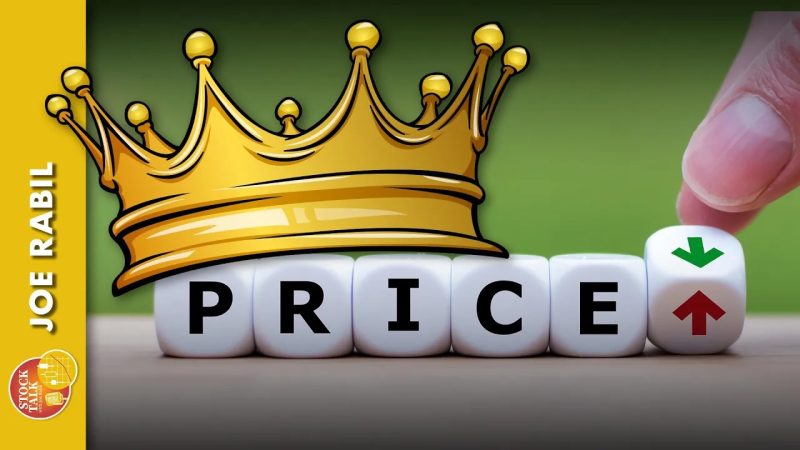
Rule the Stock Trading Game: Price is your Crown!
Price is the ultimate influencing factor in stock trading. It drastically impacts traders’ decisions and drives the overall functioning of the stock market. Despite the significance of other aspects such as the company’s financial health, industry trends, or growth potential, the price eventually gets the final say. Thus, the notion Price is King in the world of stock trading is spot on.
The focus of a trader is to buy low and sell high, and all the buying and selling strategies funnel down to the price of the security. The price plays a pivotal role in determining the value of a stock, along with reflecting the company’s current and future potential to generate profits.
When traders hunt for potential stocks to purchase, they consider various aspects, yet the price of the stock remains the cardinal focus. It’s the price that maps a trader’s journey through stock markets, constituting the deciding factor as to when to buy a stock, when to retain it, and when to sell.
Market Dynamics and Price
The price of a stock is extremely sensitive to the dynamic conditions of the stock market. Driven by supply and demand mechanics, the price fluctuates based on the volume of stocks purchased or sold. Thus, price easily becomes the most visible pointer of a stock’s attractiveness. If traders queue to buy a stock, the price escalates, while more sellers than buyers can cause a price drop. Consequently, the price serves as an immediate gauge of market sentiment.
Determining Value through Price
Through the stock’s price, ultimately, its value is determined. Value traders rely heavily on the stock’s price to gauge its intrinsic value and spot potential investment opportunities. They presumably seek ‘value buys’; stocks with strong fundamentals that are currently underpriced. It’s the price that enables them to figure out if they’re getting a bargain deal or overpaying.
Technical Analysis and Price
Technical analysts observe price trends and patterns to predict future price movements. Various technical tools and indicators, such as moving averages, trend lines, and candlestick patterns, revolve around price and volume data. Hence, technical analysis fundamentally underscores the price pivotality, supporting the Price is King concept.
The Role of Price in Risk Management
Price also plays a significant role in risk management strategies in stock trading. Stop loss orders and limit orders primarily function based on the price of a stock. By controlling when to exit a trade if the price moves an unfavorable way, traders get to shield their portfolios from substantial losses.
Dividends
